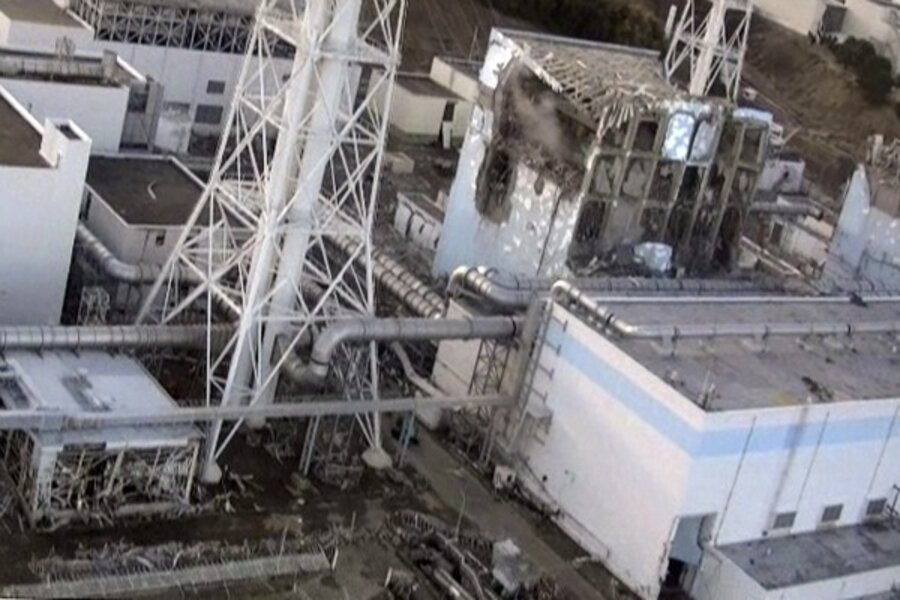"We've known for a long time that earthquakes cause fires," says Mr. Lochbaum. Yet for more than 30 years, many utilities have failed to meet fire regulations set up after a 1975 fire at the Browns Ferry nuclear power plant in Alabama heavily damaged a reactor's control cables.
In 2004, the NRC rewrote fire-protection regulations, which so far only two plants adhere to – though owners of another 40 plants say they intend to comply. Their intent may be genuine, Lochbaum says, "But that doesn't provide any protection until it's done."
"We don't have a problem with either set of regulations," he adds, "except that people don't meet them."
As part of the NRC safety review, the agency is looking at the earthquake hazards facing some 27 nuclear plants. No fault near a US plant is of a type capable of generating an earthquake as powerful as the one that hit Japan on March 11, specialists say. But in recent decades, geophysicists have identified previously unknown faults that have required reevaluating the risk facing nearby plants.
While utilities and governments may be ready to handle an isolated nuclear accident, they need to plan for cascading disasters as well, in which local, state, and even national resources could be stretched thin. Northwestern's Dr. Lewis says such planning could ensure that generators and other supplies could be flown in on short notice. Lochbaum adds that more batteries on-site would help with station blackouts that last longer than current requirements envision – a problem Japan encountered.





